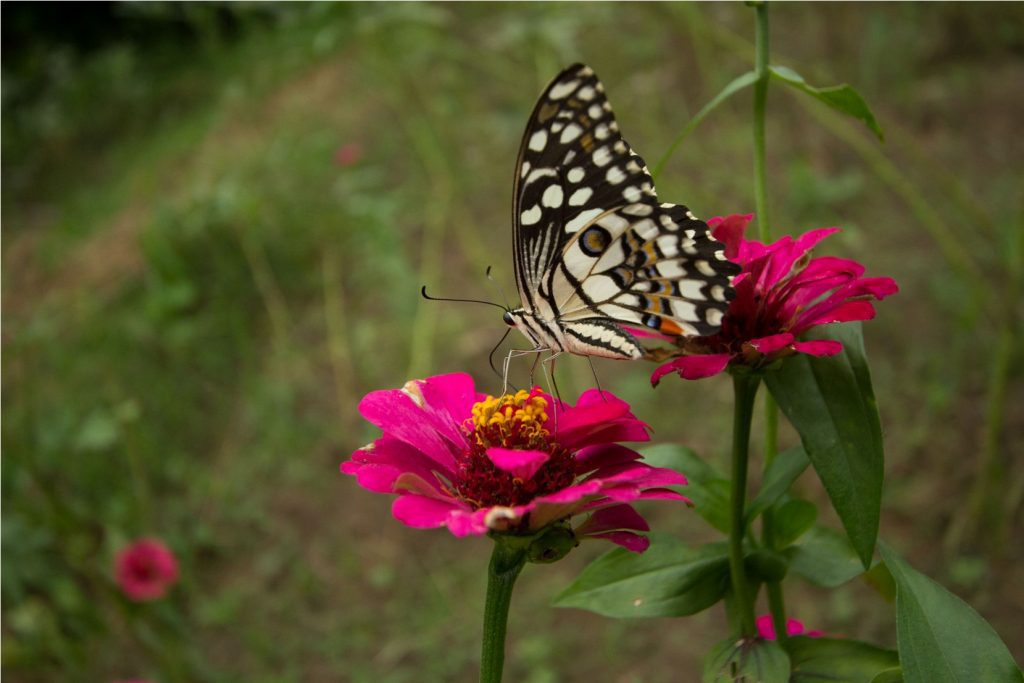So many colours around here in the woods and jungles, but these are the special creatures of night that wear strikingly beautiful colours and amazing patterns. Moths come in vibrant as well as pale colours, in many shapes and sizes! They are mostly nocturnal, few families fly in day and some are crepuscular, meaning active during dusk and dawn.
Moths are different from butterflies in structure of their antennae; butterflies have clubbed antennae and moths have hairy and simple antennae. Moths outnumber butterflies by thousands of different species. They feed on nectar, tree-sap, excreta, etc.
The largest moth in the world, Atlas Moth is found in India (and rest of the Southeast Asia). Its wingspan reaches approximately up to 22-25cms. Interesting fact about them is that they don’t have mouth parts! After coming out from pupa i.e. after entering the last stage of their life they live only for 7 days approximately, that too without eating! They hoard on food when they are caterpillars and store it. Their main purpose in life then remains as to mate and extend the number of their kind!
All this information was happily shared by Neha Mujumdar, an expert in butterflies and moths who visited Tree House Hideaway a Wildlife Hotel at Bandhavgarh this week. She explained that not all moths in India are yet studied by biologists and taxonomists and there’s very less data available. A huge field of work with open arms it is awaiting to be explored further. She identified some of the moths seen at Tree House Hideaway shown in the following picture:

With due credits and thanks to her.
To know more interesting stuff about moths, click: http://www.mothscount.org, https://www.entomon.net/largest-smallest-butterfly-moth.shtml, https://mentalfloss.com/article/50738/5-awesome-facts-about-atlas-moth, http://bugguide.net/node/view/82,
Photo courtesy: Kshitij, Tejashree

